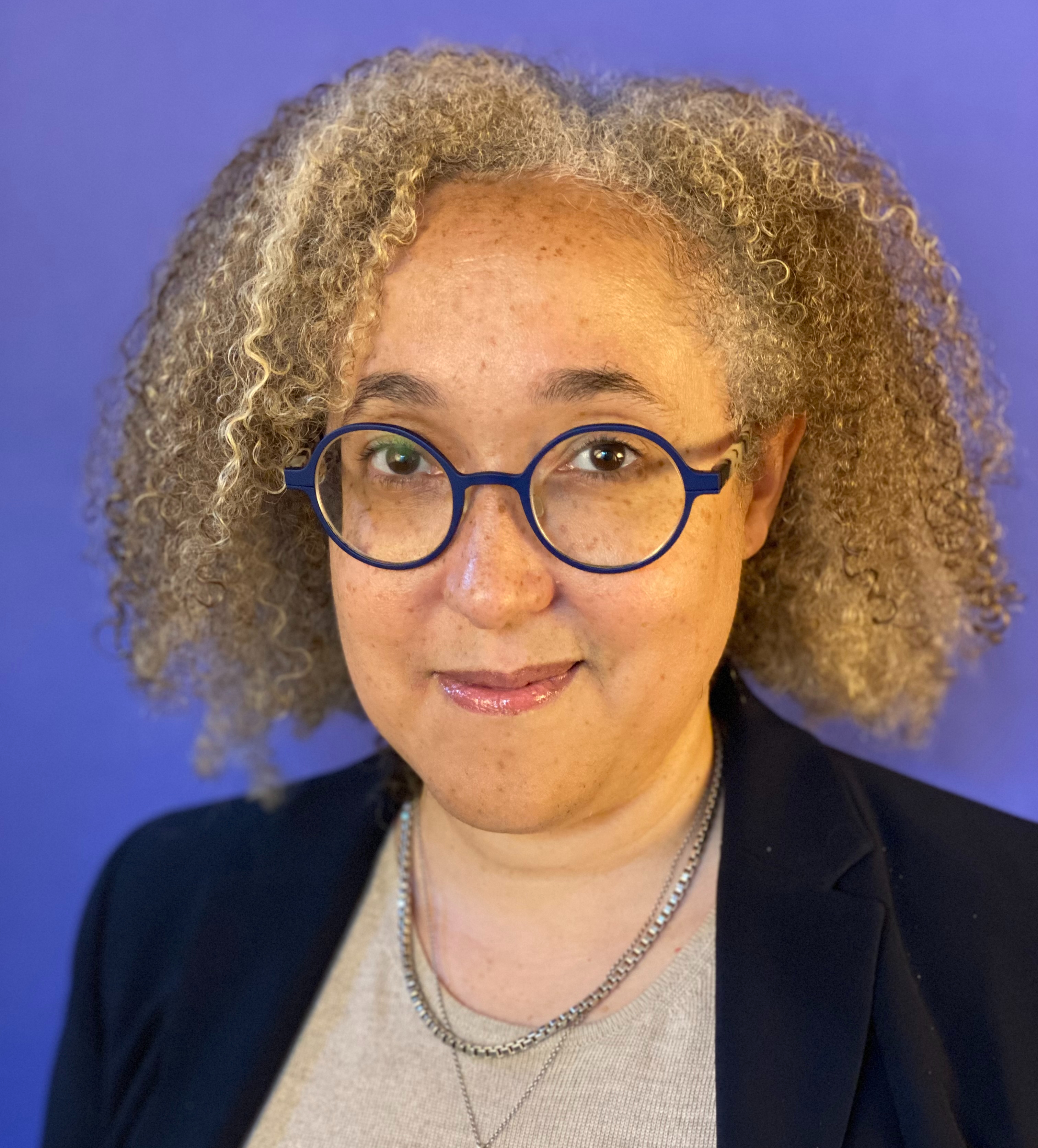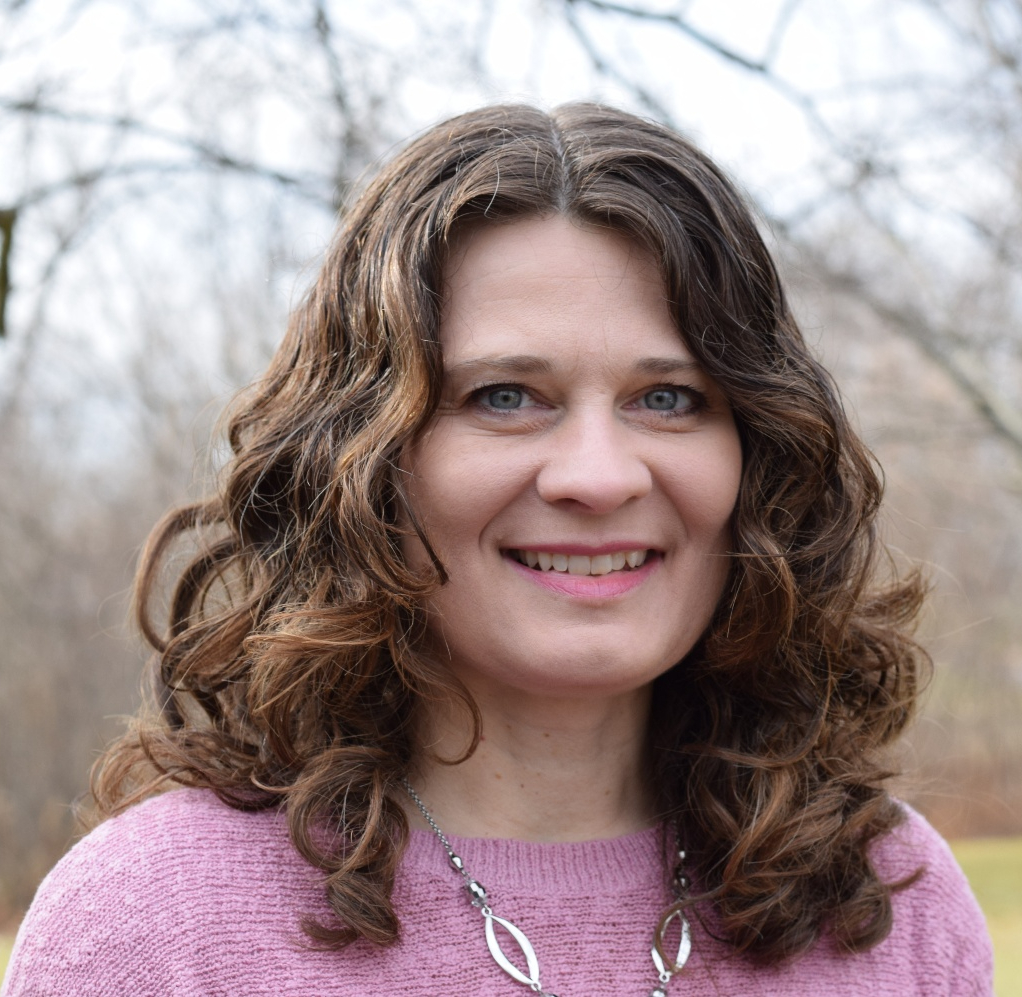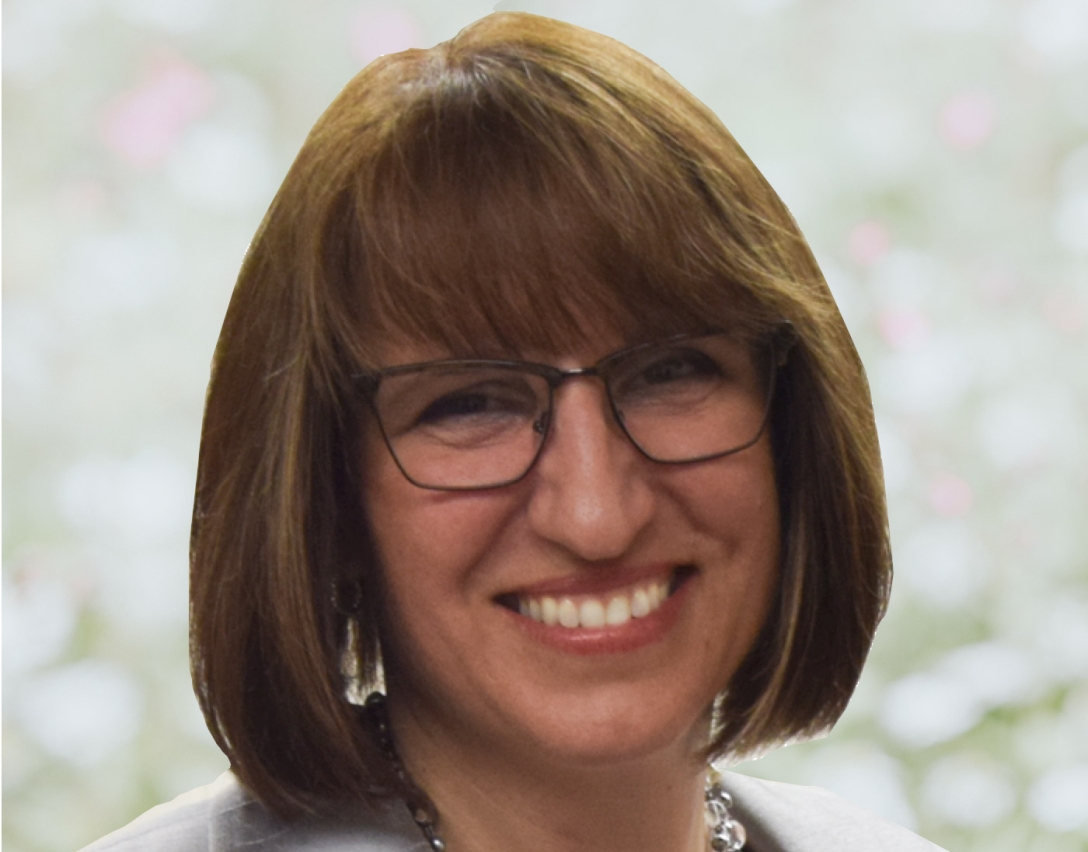We are wrapping up our Michigan Women in UX series by featuring two very successful women who have more than 40 years combined experience in the user experience profession:
|
|
|
|
Lija is a Customer Experience Consultant at UserTesting and has over 20 years of experience in the field of UX, beginning as a User Experience Architect in 2000. As a UX leader and educator, she enjoys the challenge of helping others through impactful and meaningful action. |
Serena is the Vice President of User Experience Design at ProQuest with over 20 years of experience in the field. Serena uses her experience as a designer, information architect, and design leader to understand the problems of users and deliver solutions. |
Although Lija and Serena have never met, you’ll see that their careers and work approaches share many similarities.
They Came To UX From Different Paths…
Journeys into UX are always fascinating, especially since user experience combines so many different disciplines together. Often, no two paths are alike, especially with the early UX pioneers like Lija and Serena. Both Lija and Serena became interested in UX from disciplines that relate to UX.
Originally, Lija wanted to be a Slavic and Eastern European studies librarian, but job opportunities in that field were limited. Instead, she worked in a computer lab and the University of Michigan – Ann Arbor library and attended classes at the University of Michigan School of Information. As a Customer Experience Consultant at UserTesting, Lija enjoys the challenge of connecting with people to understand their needs and goals to make the case for impactful and meaningful decision-making.
Meanwhile, Serena was always fascinated by how we perceive, understand, in influence and communicate. After earning a PhD in Rhetoric, she became an information architect and saw how these principles applied to web sites. In her role as Vice President of User Experience Design at ProQuest, Serena loves sitting in on usability sessions, understanding user problems and problems within the company.
Finding Inspiration
Both Lija and Serena find inspiration through their UX interactions and thought leaderships. During their day-to-day lives, Lija is “inspired by listening to people” while Serena finds inspiration from UX in everyday interactions. Serena encourages you to “pay attention to UX experiences – enjoy the good ones.”
Both women also turn to other authority figures for UX inspiration. While Serena looks to individuals such as Christina Woodtke or Tom Greever who speak on design thinking and design leadership, Lija is particularly inspired by Adam Grant, a psychologist who explores how people can get to a better psychological space through listening and empathy.
Excelling In Their Professional Careers
In a field flooded with flashy new tools and technical skills to master, it’s easy to forget about the importance of interpersonal skills.
When asked about their greatest accomplishment, both Lija and Serena mentioned accomplishments that leveraged and/or bolstered their interpersonal skills. For Serena, her greatest accomplishment has been playing a pivotal role in creating a Center of Excellence UX framework and design library. When the original sponsors left the company, the project was only a concept. She became determined to make it a reality and within six months found the right resources to deliver it and succeeded in winning wide adoption across the company, which benefited users and product teams alike. Meanwhile, a personal accomplishment of Lija’s has been to become a better listener through using the signals found in both qualitative and quantitative data because that holistic perspective better informs the meaning behind what people say.
Both women serve as great examples, demonstrating that we should strive to grow and leverage not just our “hard” skills, but the “soft” skills in our UX careers.
If I Could Change One Thing…
Hindsight is 20/20, even when it comes to your career, but we can learn from those who are further along in their careers, such as Lija and Serena. Lija and Serena each have more than 20 years of experience in the user experience profession.
We asked both ladies: what is one thing you wish they knew or a skill they wish they had earlier in their UX career? They responded as follows:
Lija: I wish that I had understood earlier that critical thinking does not equal text – or literal thinking) versus subtext – figurative thinking. Critical thinking takes a variety of forms – creativity, the ability to make connections between data points, and to understand the emotions or motivations of others, for example. All of these have value and should be leveraged appropriately in different settings. Critical thinking is also hard to teach; I have found that most frequently, repeated experience and coaching over time leads to that “a-ha” moment. Patience, and working alongside many people to develop these skills has been invaluable to enabling me to understand the complexity of the people I do research alongside, lead, and educate.
Serena: More and more, I find that visualizing information is much more effective than written descriptions. I wish I were more fluent with design and drawing tools to make that a more efficient process.
Make sure to check out our other Michigan Women in UX interviews:



